Xiaomi’s plant environment device can keep tabs on your potted plants, tracking temperature, light, moisture and soil conductivity levels. It emits a Bluetooth signal that can be bridged to Home Assistant using an ESP32 board and ESPHome.
Indoor Use Only
Just follow the ESPHome instructions to use an ESP32 board and bridge this data into your Home Assistant instance.
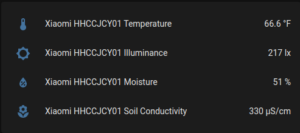

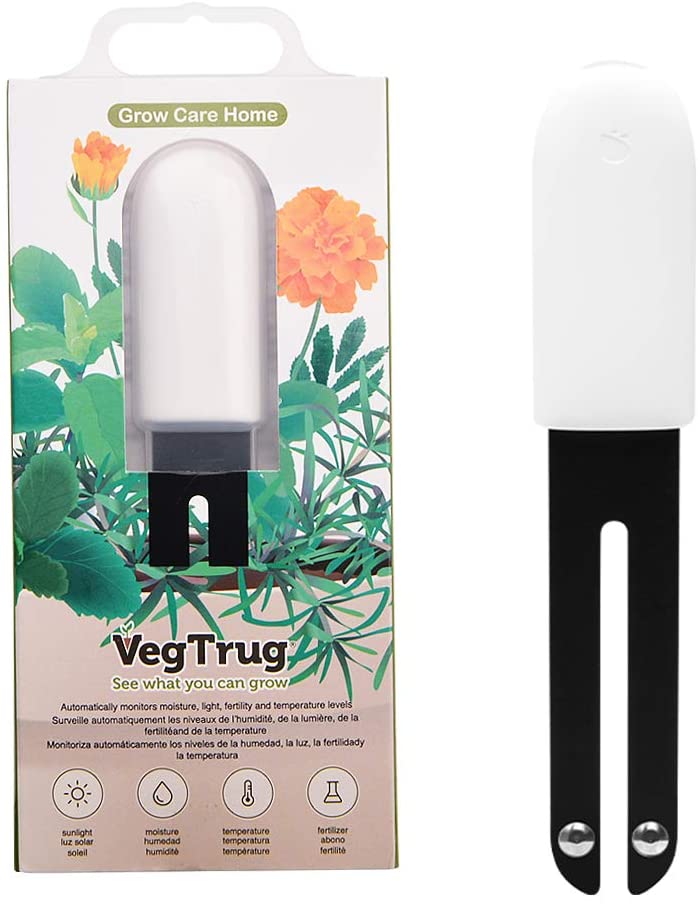
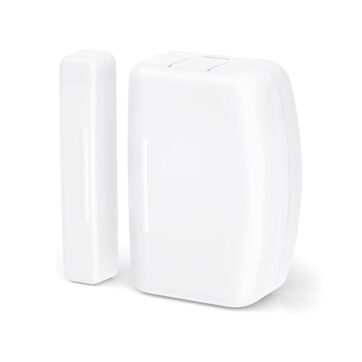
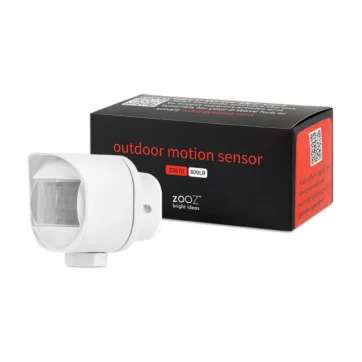
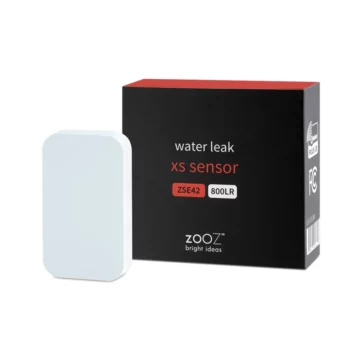
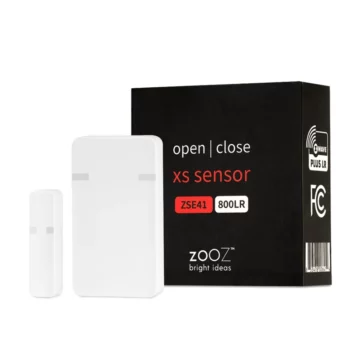
No Longer “The Grim Reaper of Plants” –
Was super simple to add into Home Assistant, even without an ESP32 or *any*thing else. Just looked up its bluetooth address on my phone, added that into the Miflora config into my configuration.yaml file and BOOM, instant sensor for light, moisture, fertilizer, temperature and battery, right there in my dashboard. (Note: my Home Assistant is on Hass.io on a Raspberry Pi 4, so it has Bluetooth already).
I have been called “the grim reaper of plants” with “a black thumb”, but with these I’ve been able to keep large expensive plants alive for the first time in my life. They actually taught me that I was giving too little water, too little sunlight and that automatic water dispensers are a marvel of the modern age (one consistently kept my plants humidity at 60% where it was at a tenth of that when I was watering it).
In short, these aren’t just useful, they’re a mentor and guide that will teach you how to garden, a tool you (or a friend when you’re away) can use to keep your plants healthy, a reminder that lets you forget about your plants when they don’t need your help… and overall amazing value. My only irritation with these is that they’re out of stock so I can’t buy more!
Joe Levi (verified owner) –
My dad grew spider plants and had them all over the house when I was a kid. He passed away and the plants have been neglected ever since.
While visiting home recently, I rescued the remaining survivors and brought them to my house. To make sure I didn’t kill them off accidentally, I figured I’d try out one of these “plant sensors” and ordered the last one CloudFree had in stock. It arrived, I opened it up, pulled out the battery tab, and stuck it in my first transplanted plant. Within minutes it showed up in Home Assistant. It reports light, moisture, temperature, and a “fertilizer” number – it’s quick and super easy to set up.
I ordered a dozen more to put in the rest that I’ve ben transplanting.
Dad, I hope I can keep these alive and pass them to my kids when it’s my time.
Eli Ribble (verified owner) –
I’ve purchased 8 of these now and have set up 4. There are two general variants that I’ve seen: those that have a mac address starting with “C4:” and those with “5C:85”. The C4 variant also has a letter ‘V’ logo instead of a raindrop. This variant cannot communicate with my current ESPHome setup out-of-the-box. This is corroborrated by others at https://github.com/esphome/esphome/pull/1288#issuecomment-711024953.
You can upgrade the firmware on the device with the “Flower Care” app on Android. I have yet to find authoritative information on which firmware versions work and which don’t with ESPHome, but reports I have found in the above linked discussion indicate that different firmwares behave very differently and ESPHome can’t communicate with them all.
Eli Ribble (verified owner) –
Firmware updated via the Flower Care app from 2.7.0 (no communication with ESPHome) to 3.3.5 and was able to connect it to Home Assistant via an ESP32 proto board with ESPHome configured for ble_gateway. My configuration looks like this in my ESPHome yaml file for the proto board:
esp32_ble_tracker:
scan_parameters:
active: false
ble_gateway:
devices:
– mac_address: 5C:85:7E:B0:1E:98
– mac_address: 5C:85:7E:B0:1C:B4
– mac_address: 5C:85:7E:B0:1D:37
– mac_address: C4:7C:8D:67:A8:3C
on_ble_advertise:
then:
homeassistant.event:
event: esphome.on_ble_advertise
data:
packet: !lambda return packet;
bluetooth_proxy:
active: true
Home Assistant then detected the devices as if it had its own bluetooth adapter and found them via bluetooth and was able to add the devices.